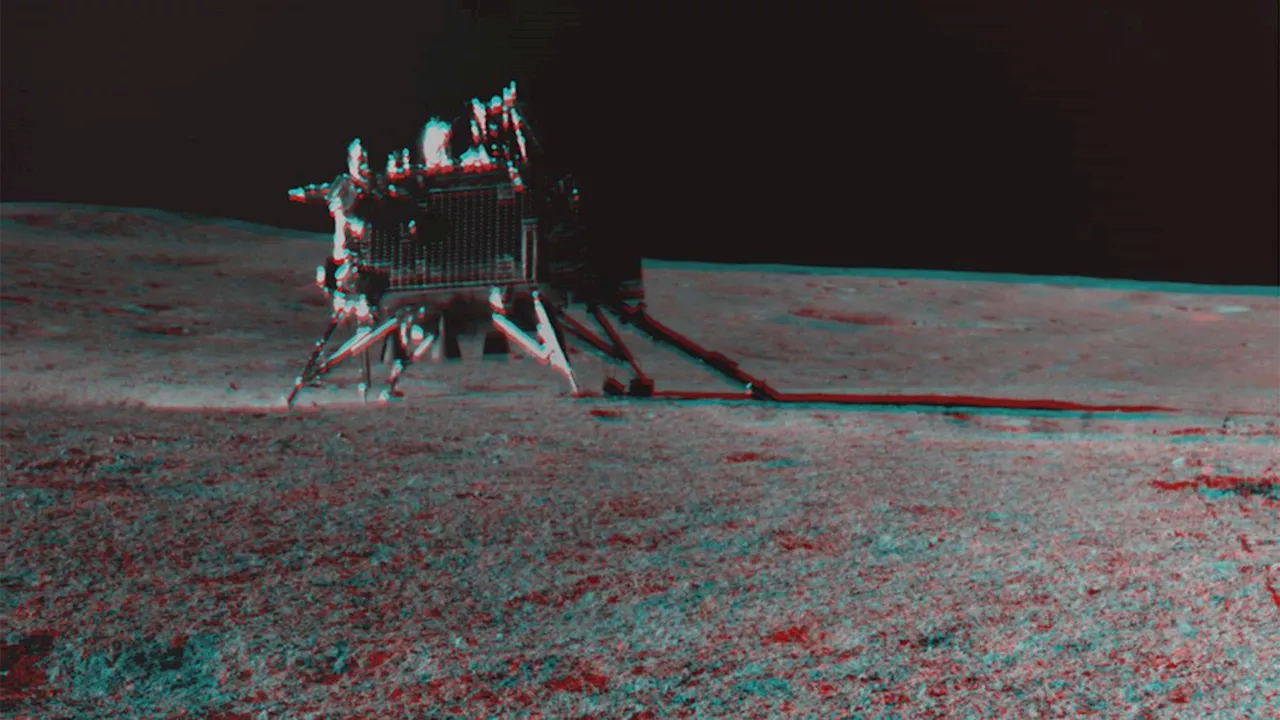Sharmila Kuthunur is a Seattle-based science journalist covering astronomy, astrophysics and space exploration. Follow her on X @skuthunur.
Ice layers, about as wide as a single DNA strand, have accumulated on Euclid's mirrors. Although small, the ice appears to have caused"a small but progressive decrease" in the amount of starlight the telescope is capturing, the agency said in a statement on March 19 . The telescope continues its science observations for now while scientists begin heating low-risk optical parts of the spacecraft to begin a de-icing process.
The issue first came to light when the mission team noticed a gradual decrease in starlight measured with one of Euclid's two science instruments, called the visible instrument . To help catalog 1.5 billion galaxies and their stellar populations, VIS collects visible light from stars similar to how a smartphone camera operates, only with 100 times as many pixels. Its resolution is thus equivalent to a 4K screen.
"Some stars in the universe vary in their luminosity, but the majority are stable for many millions of years," Mischa Schirmer, a Euclid scientist who is leading the de-icing campaign, said in the statement."So, when our instruments detected a faint, gradual decline in photons coming in, we knew it wasn't them — it was us."
The easiest solution would be to heat the entire spacecraft, but doing so would also warm up the telescope's mechanical structure, whose components would expand but not necessarily return to their original states even after a week, the mission scientists say. That would limit Euclid's vision and, in turn, impact the quality of data it gathers. The telescope is influenced by even the tiniest of temperature changes.
Norge Siste Nytt, Norge Overskrifter
Similar News:Du kan også lese nyheter som ligner på denne som vi har samlet inn fra andre nyhetskilder.
 2024 Seattle Seahawks free agency: Seattle re-signing tight end Noah FantThe Seahawks aren’t letting every tight end go in free agency.
2024 Seattle Seahawks free agency: Seattle re-signing tight end Noah FantThe Seahawks aren’t letting every tight end go in free agency.
Les mer »
 Seattle Sounders FC | FOX13 News | Seattle & Western WashingtonNews and scores for the Seattle Sounders soccer team.
Seattle Sounders FC | FOX13 News | Seattle & Western WashingtonNews and scores for the Seattle Sounders soccer team.
Les mer »
 'Potentially hazardous' asteroid Bennu contains the building blocks of life and minerals unseen on Earth, scientists reveal in 1st comprehensive analysisSharmila Kuthunur is a Seattle-based science journalist covering astronomy, astrophysics and space exploration. Follow her on X skuthunur
'Potentially hazardous' asteroid Bennu contains the building blocks of life and minerals unseen on Earth, scientists reveal in 1st comprehensive analysisSharmila Kuthunur is a Seattle-based science journalist covering astronomy, astrophysics and space exploration. Follow her on X skuthunur
Les mer »
 India's Chandrayaan-3 lunar lander barely kicked up any moon dust. Here's why that mattersSharmila Kuthunur is a Seattle-based science journalist covering astronomy, astrophysics and space exploration. Follow her on X skuthunur.
India's Chandrayaan-3 lunar lander barely kicked up any moon dust. Here's why that mattersSharmila Kuthunur is a Seattle-based science journalist covering astronomy, astrophysics and space exploration. Follow her on X skuthunur.
Les mer »
 If there's life on Europa, solar sails could help us find itSharmila Kuthunur is a Seattle-based science journalist covering astronomy, astrophysics and space exploration. Follow her on X skuthunur.
If there's life on Europa, solar sails could help us find itSharmila Kuthunur is a Seattle-based science journalist covering astronomy, astrophysics and space exploration. Follow her on X skuthunur.
Les mer »
 Asteroid Apophis will swing past Earth in 2029 — could a space rock collision make it hit us?Sharmila Kuthunur is a Seattle-based science journalist covering astronomy, astrophysics and space exploration. Follow her on X skuthunur.
Asteroid Apophis will swing past Earth in 2029 — could a space rock collision make it hit us?Sharmila Kuthunur is a Seattle-based science journalist covering astronomy, astrophysics and space exploration. Follow her on X skuthunur.
Les mer »
